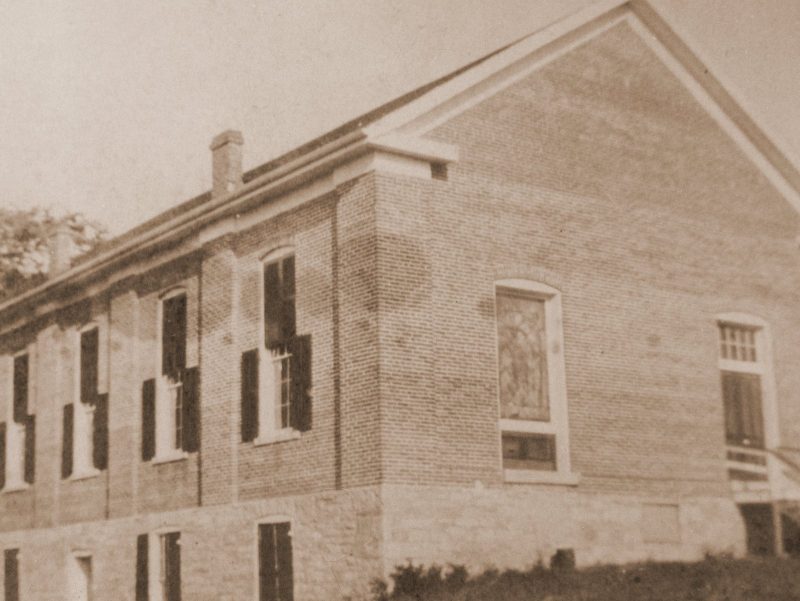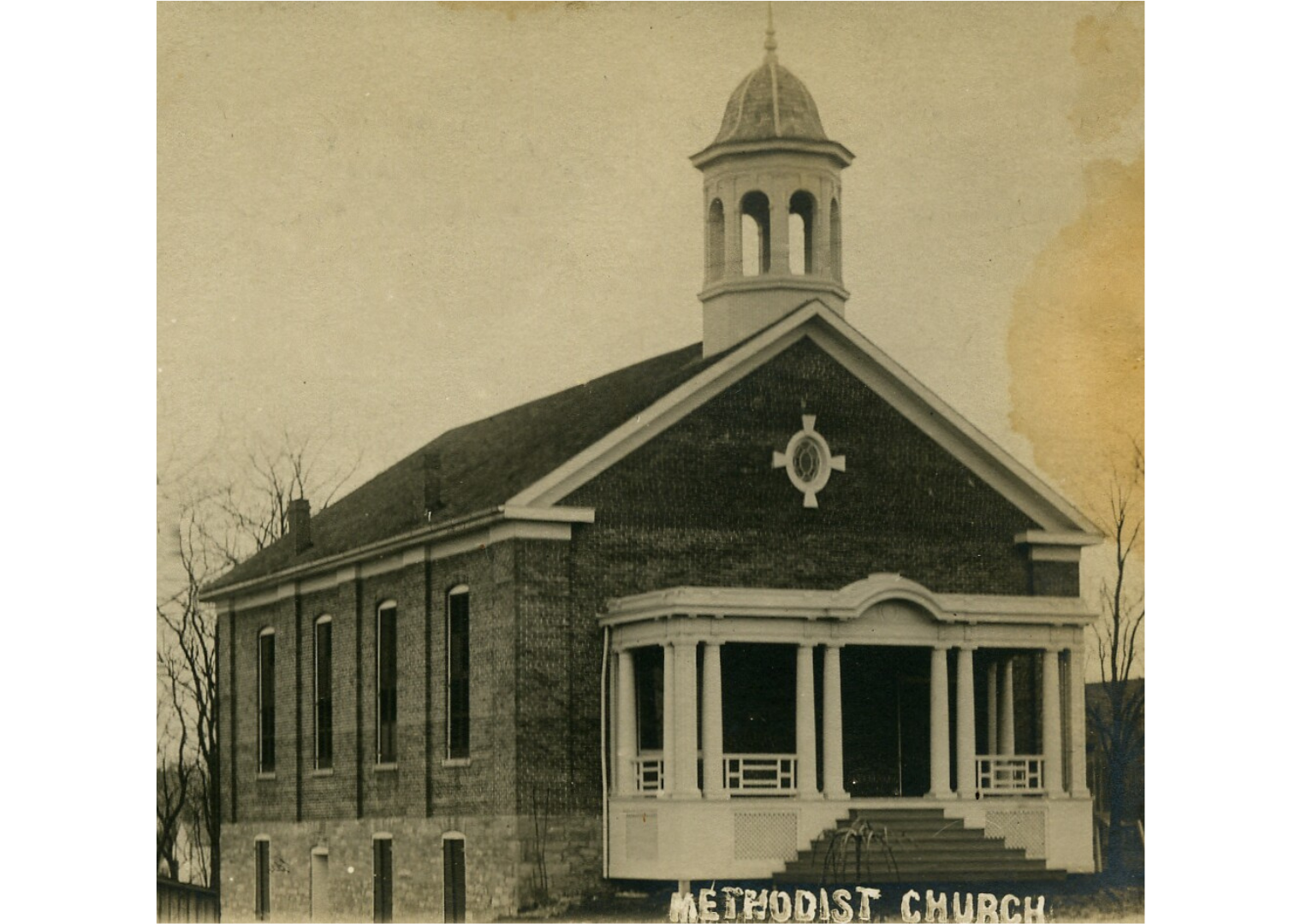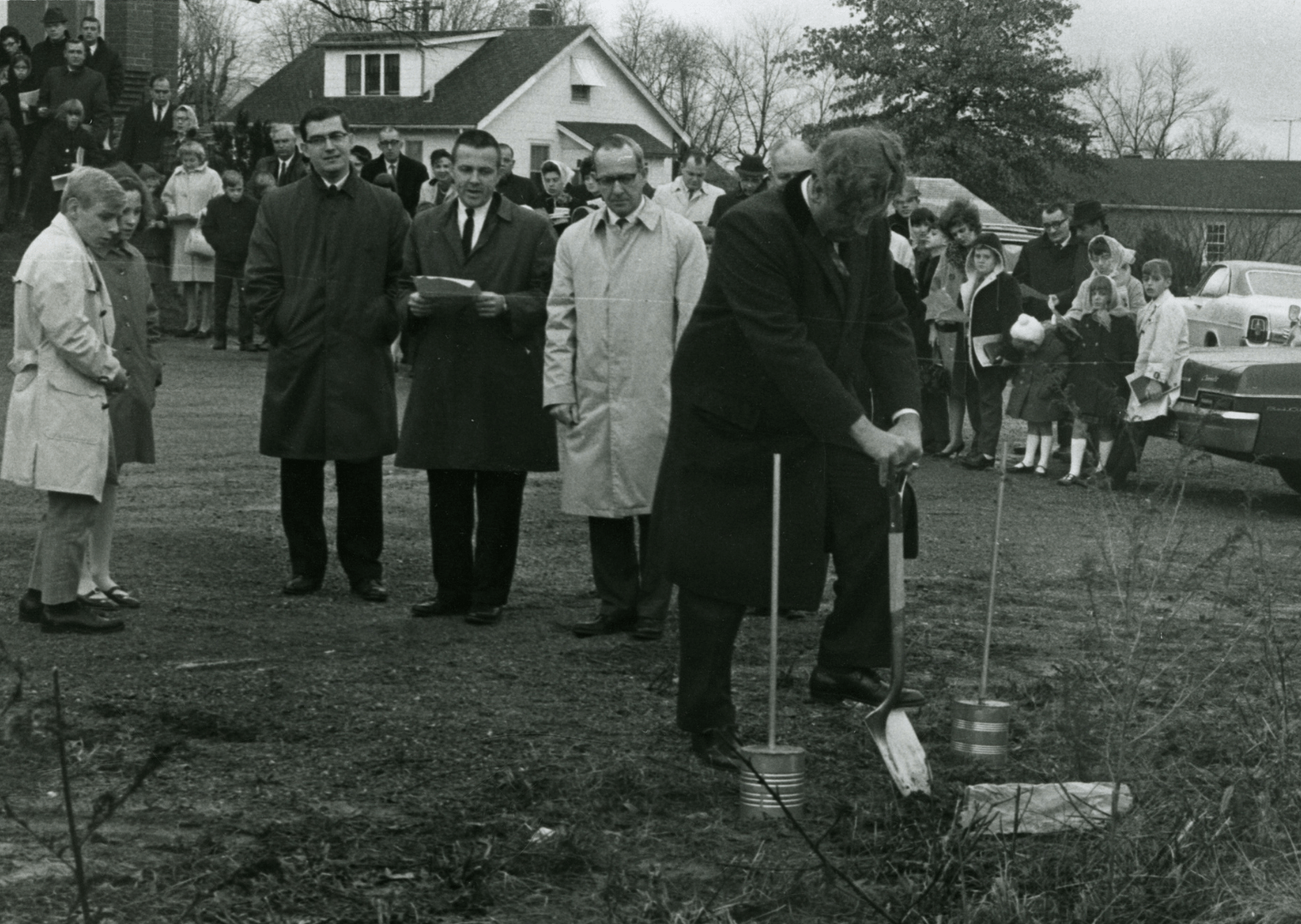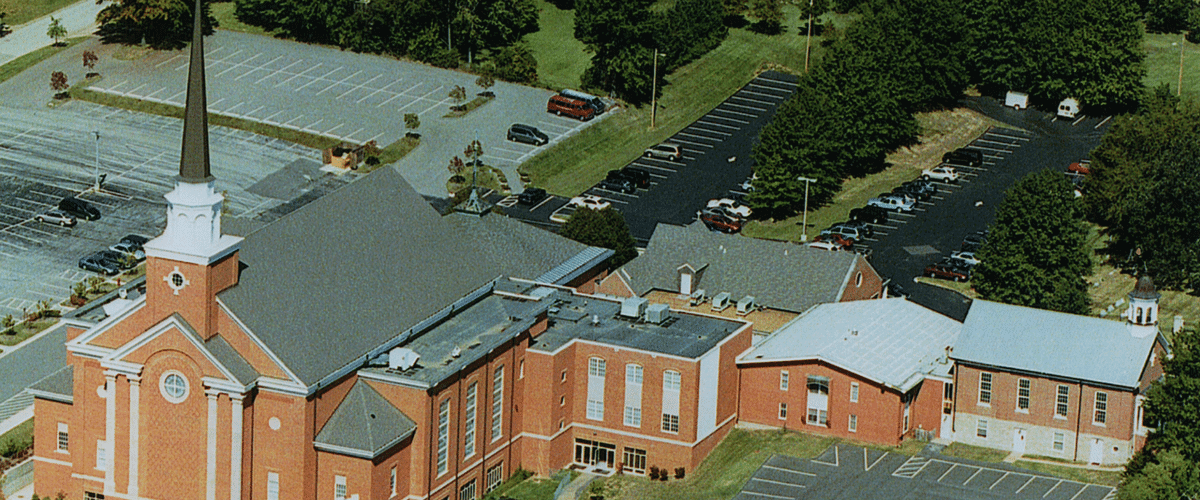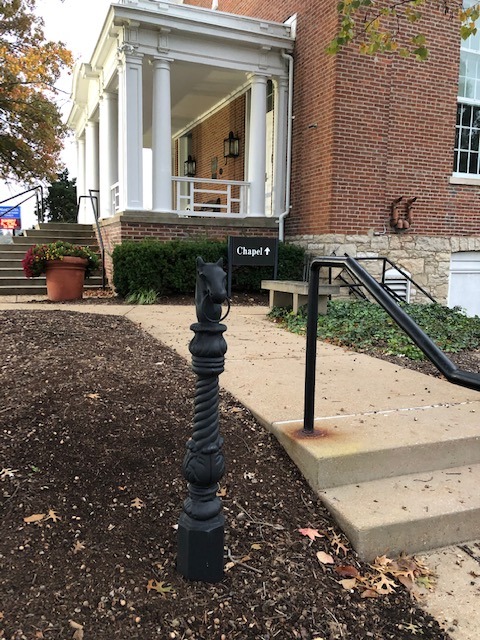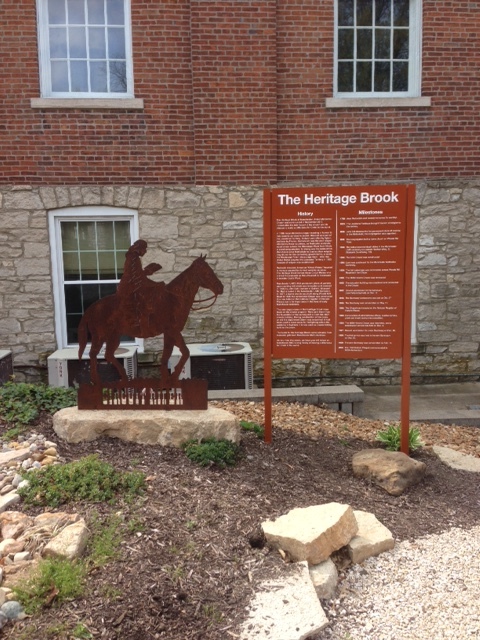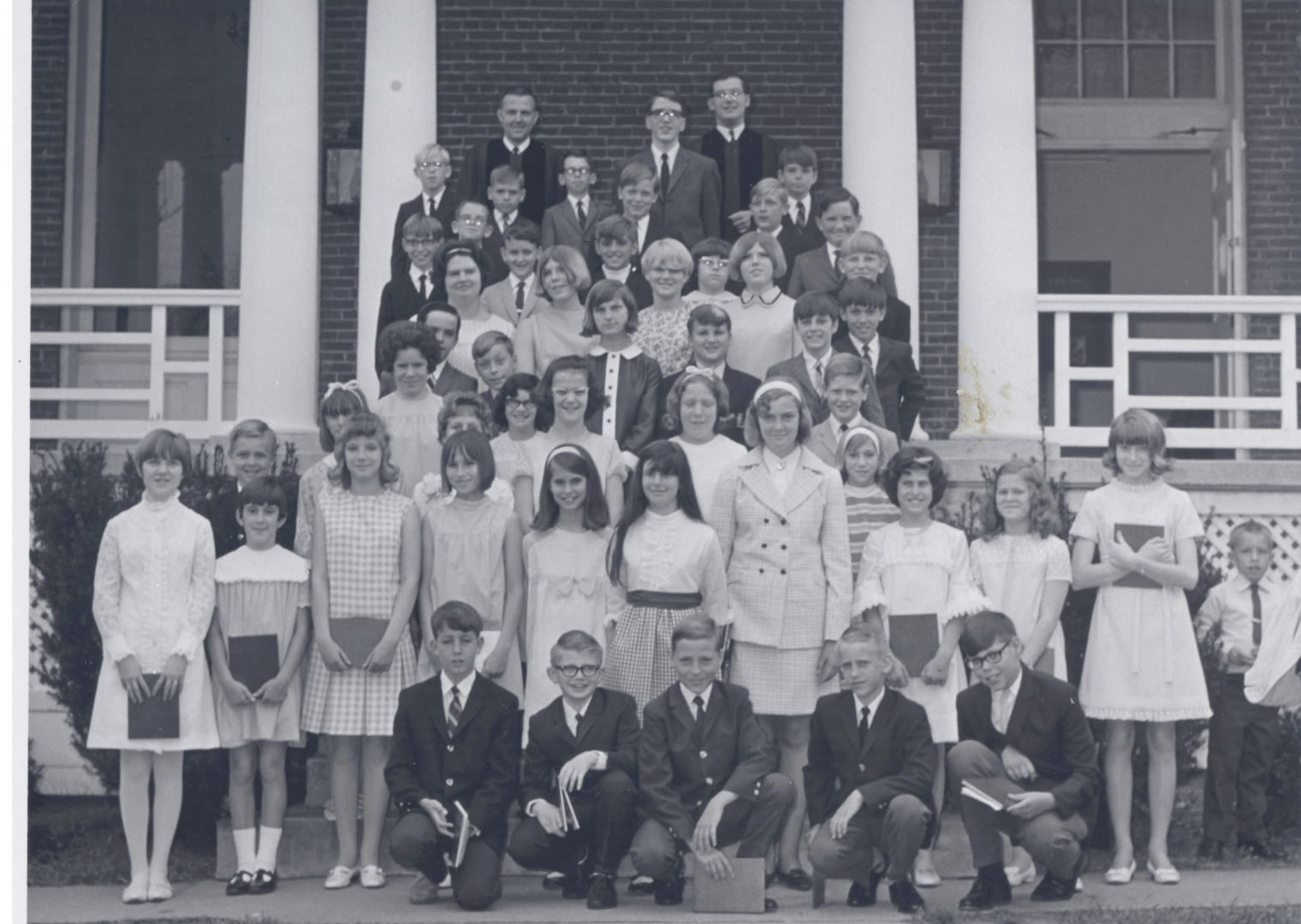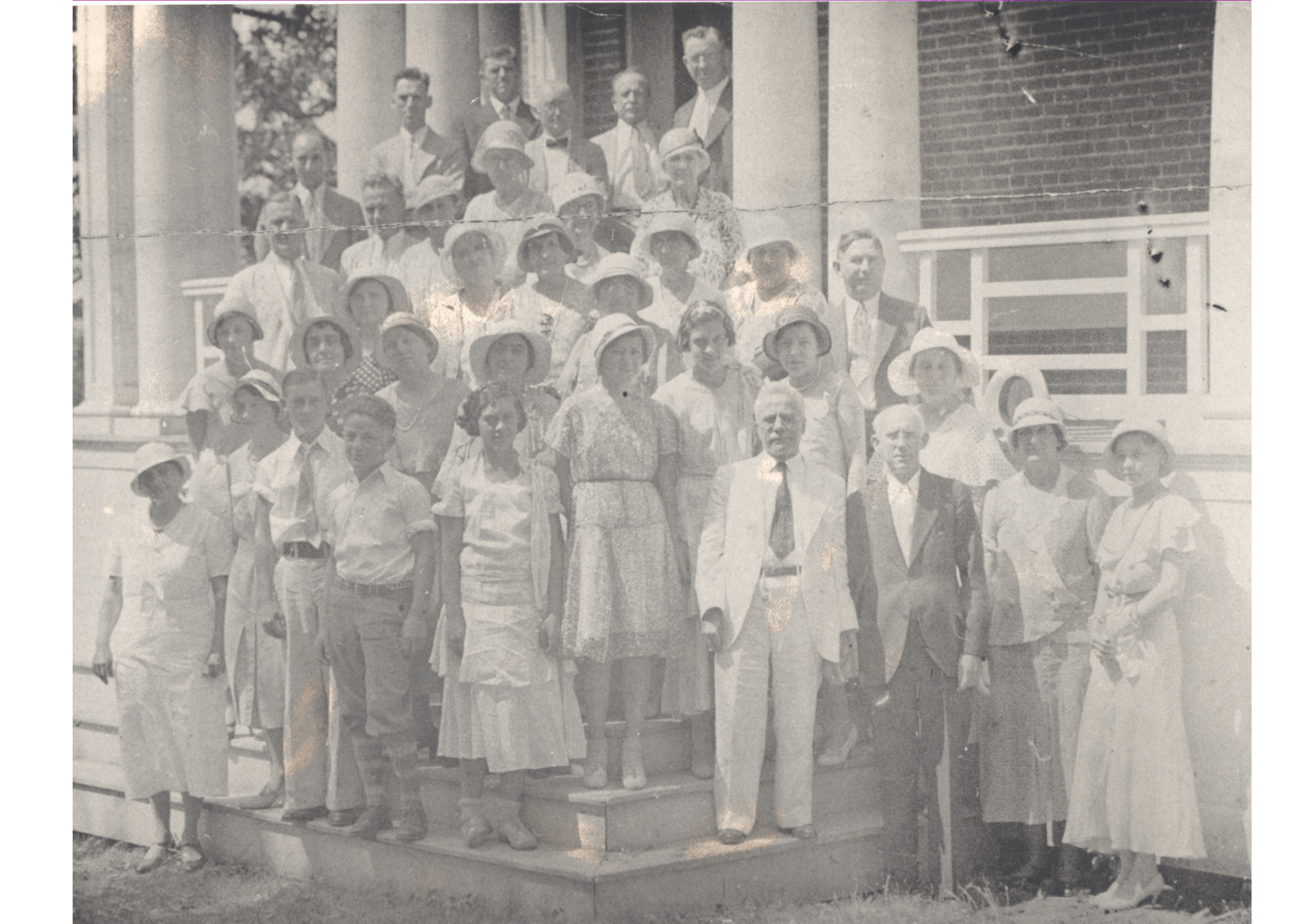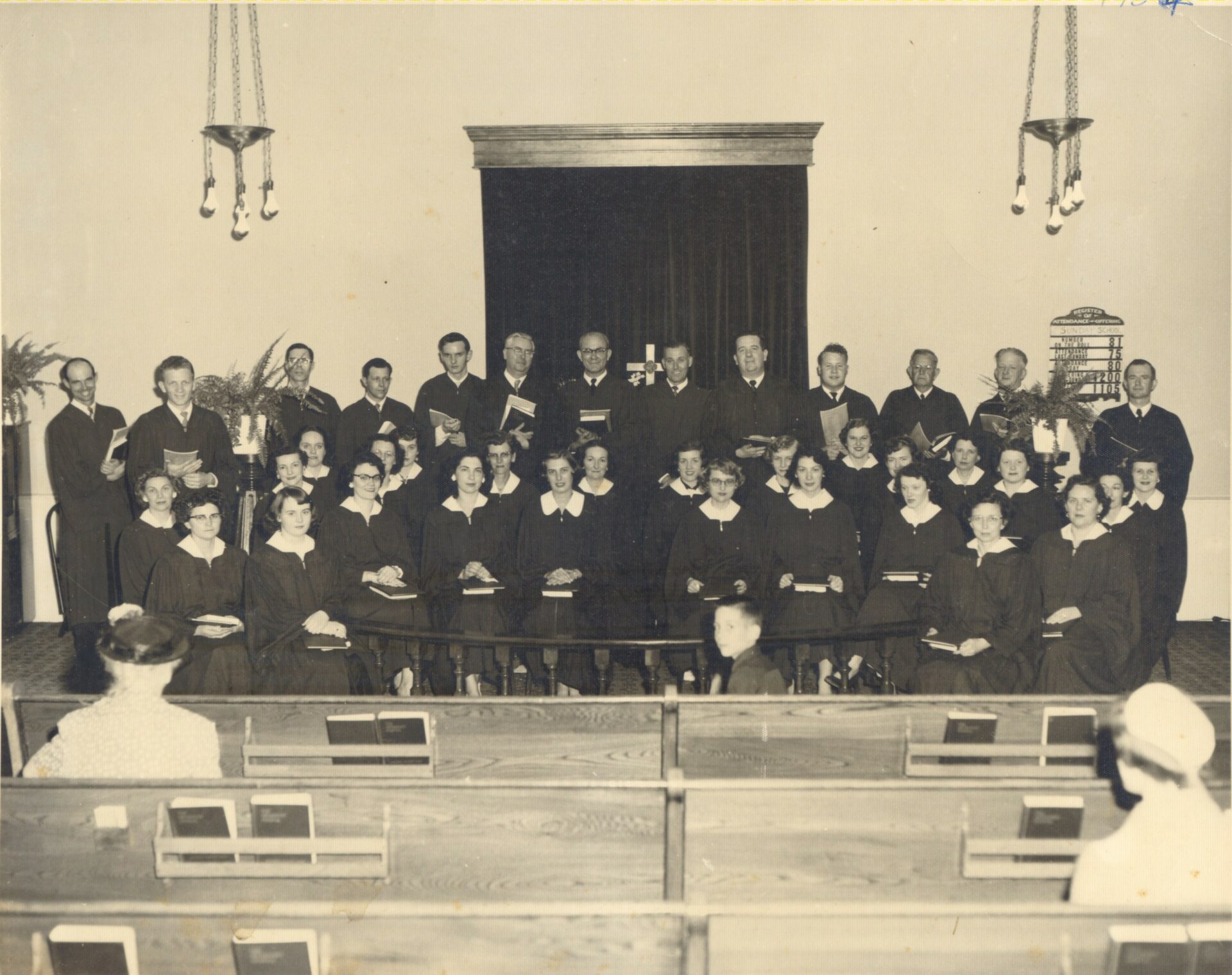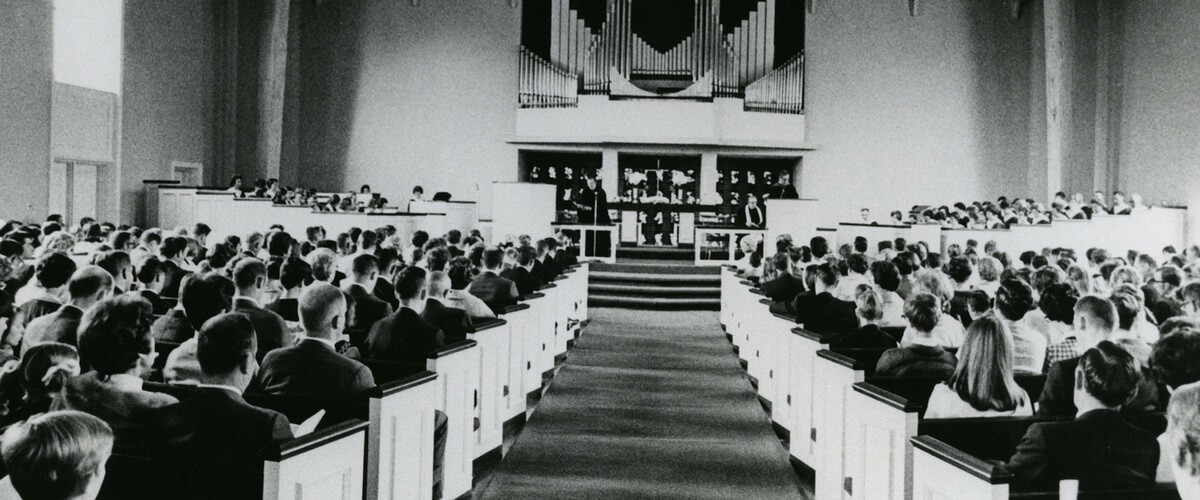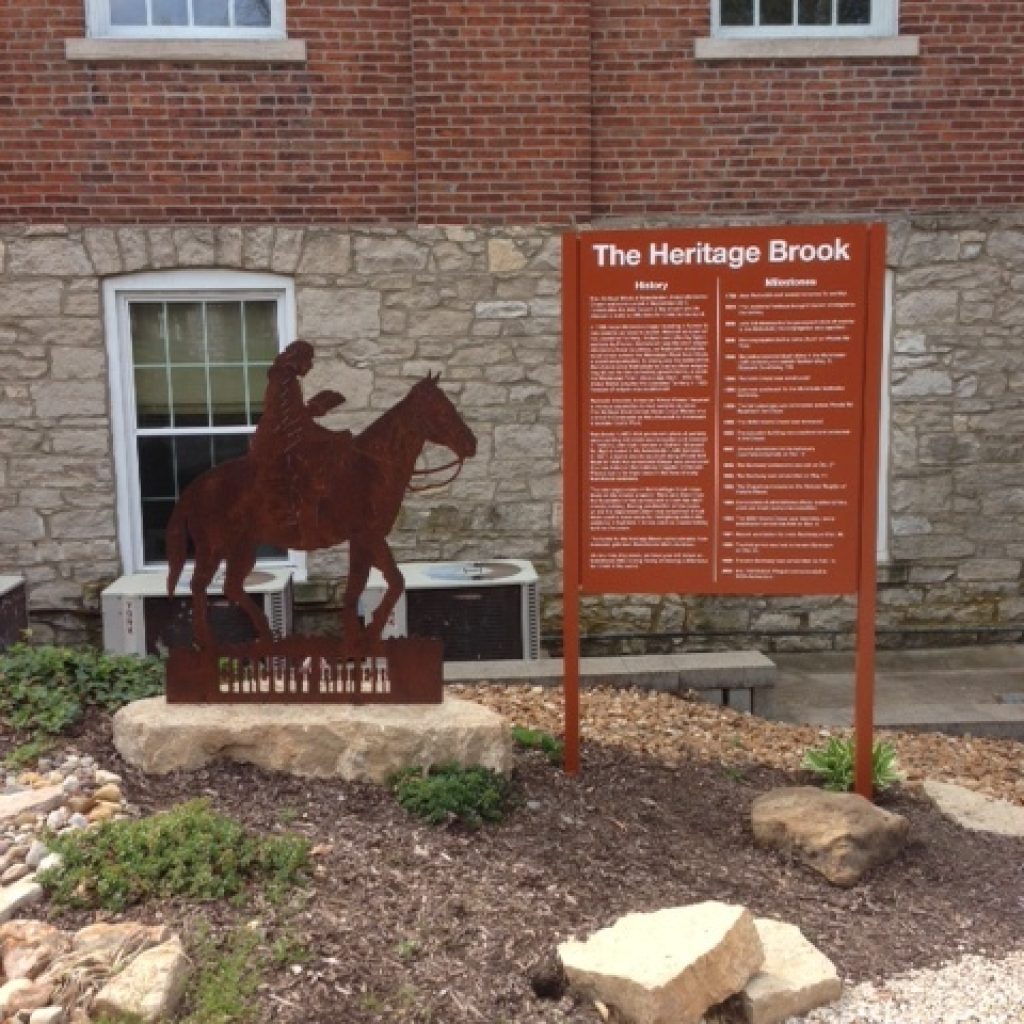In 1959, the Chapel was renovated and refurbished to accommodate the growing congregation. An ambitious expansion program was undertaken during the 1960’s. In 1965, a new education wing was attached to the rear of the chapel, with new doors on either side of the alter area being added to provide access to the new education wing. In 1969, both a new 550-seat Sanctuary and new office space were built, with the new office space being located between the new Sanctuary and the education wing. In 1982, the original chapel was included in the National Register of Historic Places, and in 1984, another expansion program was undertaken. The 1969 Sanctuary was enlarged, space was added for offices and for the youth and music programs, and the 1965 education wing was renovated.
The Chapel was renovated again in 1993, with the roof and front steps being restored to a more original look. Chimneys which were not original were removed, and the cupola was renovated with a new roof and finial. The congregation had outgrown its Sanctuary and Sunday School space by the mid 1990’s, and ground was broken on February 16, 1997 for a new 1200-seat Sanctuary, and new space for the education and music programs. The 1969 Sanctuary was converted into a new Fellowship Hall, complete with a new kitchen. The first service in the new Sanctuary was December 20, 1998, 200 years after the first members of the congregation began holding services in their homes. The new Sanctuary was consecrated and the cornerstone dedicated on February 14, 1999.
Many thought that the little church on Woods Mill Road was not in a good location for growth, but history has proven otherwise. Manchester United Methodist now has over 3,000 members, is the largest United Methodist Church in the state of Missouri, and is among the top 50 largest United Methodist Churches in the United States.
In 2017, a sign was installed by the Heritage Brook, which runs alongside the Chapel, to commemorate the church’s historical milestones. To learn more about Manchester UMC’s extensive history, call our office at 636.394.7506 and ask to speak to someone on the Historical Committee, one of our many ministries.
Questions? Please email the Historical Ministry Leader, Keith Brown.

